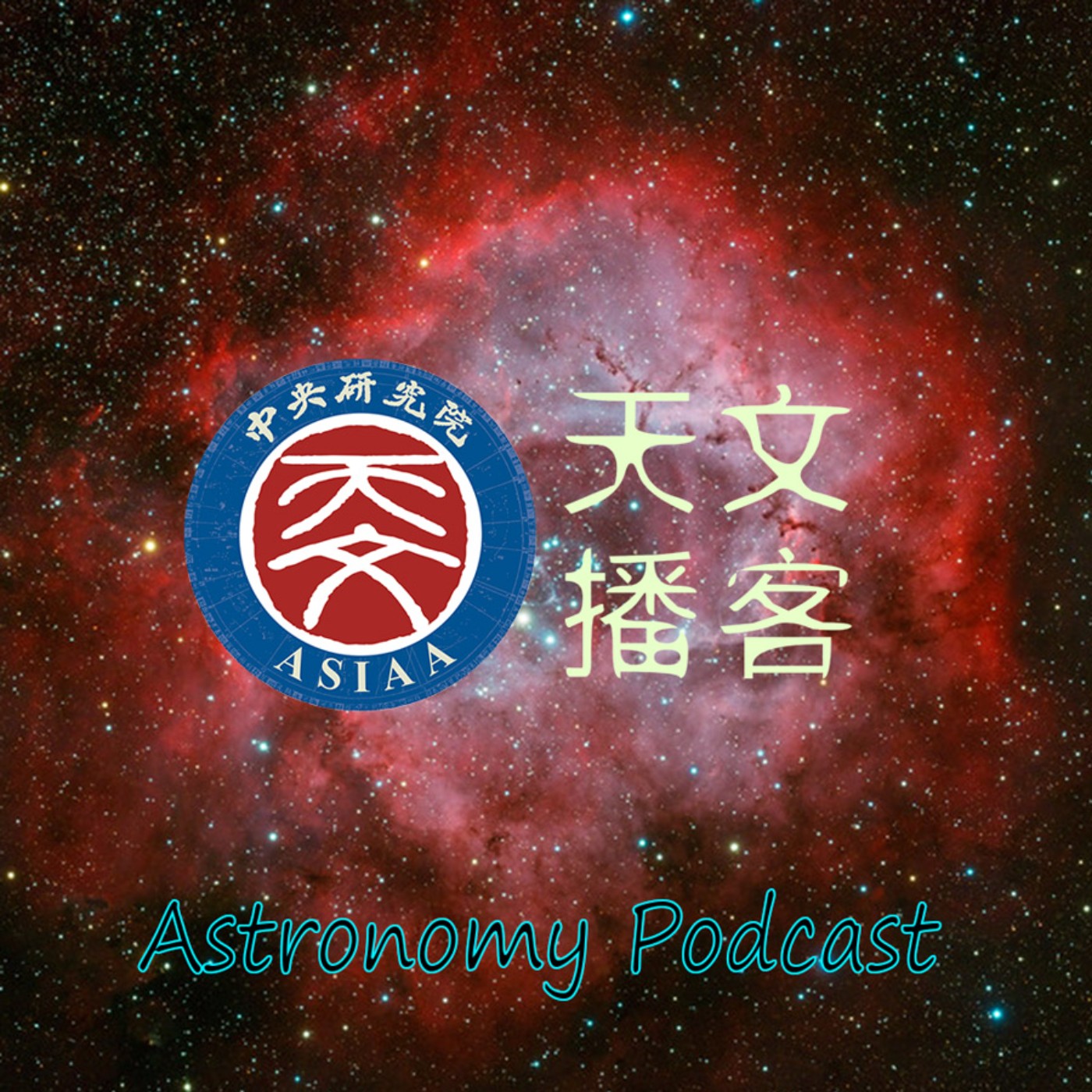天外之水何處來?The Journey of Interstellar Water
Description
唐朝詩人李白在「將進酒」中豪氣高歌:「黃河之水天上來」,敢問詩仙是否知道,天外之水都從何處來?
缺水令人愁,積水令人憂,水資源是民生大事,不僅如此,水還是科學家已知能用來判斷遙遠星球有無可能孕造出生命的重要指標,本集歡迎大家一起來多多認識:我們的水!
多年來用地面及太空望遠鏡詳細追蹤「星際水之旅」的天文學家 Daniel Harsono (漢字姓名:何英宏 ) ,在本集中為我們談「水」話題。
究極探討水在星際空間中不同條件下的不同分布量,科學一點一滴取得進展,從天文的光譜觀測獲知化學成分豐度,綜合天文物理的已知,目前所得的最新結論是,行星形成的過程可能很快。
最近Daniel 難能可貴的申請到競爭激烈的「韋伯太空望遠鏡」的觀測時間,到底他想用太空望遠鏡觀測什麼呢?他覺得那東西很重要的理由有哪些?請聽他的分享。
本集節目為英語。
逐字稿:
Welcome to Astronomy Podcast produced by Academia Sinica Institute of Astronomy and Astrophysics, I am Lauren Huang ~ So happy to have Dr. Daniel Harsono here with us today. Daniel is one of the guys who were awarded James Web Space Telescope time, or, the other way to put it, the time allows you to make observation using this very powerful space telescope, acronym JWST. A telescope people have been waiting for for 20 years. Totally, three projects submitted from Taiwan got the green light, and Daniel leads one of them. After graduated from the UCLA in America, Daniel moved to Netherlands and obtained master and PhD degrees from the Leiden University. Hi Daniel, is it right that Leiden is a world leading school especially famous for its astronomy department?
Very famous in terms of history(s), yes. Yes a lot of famous astronomers are from Leiden, but they have very famous law faculty and also physics department.
Right, we are going to talk about, again, the JWST telescope. Last time we interviewed Sascha Ziggers about the same topic, would you please tell us again what is this telescope aims to do?
So JWST is James Webb Space Telescope it is the next generation optical or infrared of after Hubble Space Telescope. So Hubble Space Telescopes maps the sky in the optical domain that's the same wavelength that human eyes can see but the James Webb Space Telescope will focus mostly in the infrared so that's the regions where human eyes cannot see and by moving to the infrared you can see cooler objects so much younger and much more distant than what Hubble can see. So with the James Webb Space Telescope, for example, you can study more of the first stars and the very distant universe and then also because James Webb is very sensitive you can try to see the dust features that are present in the infrared.
Right. By the way, which subjects were you best at? Math? Physics? Chemistry?
I think from my background it was mostly mathematics so yes it was mostly mathematics
And that helps a lot in doing astronomical research?
For astronomy what the interest me the most was black holes and neutron stars so that was the reason why i went to UCLA but in the end I did not study them. But yes! Math is helped a lot but i think in the end i was much better at doing programming rather than pure mathematics.
You've won the JWST observation time at the first cycle right? are you doing a "mapping" related project?
Yeah that's correct. Our proposal is to map so-called jet launching region. This is the region where young protostars try to release a lot of its energy so when a young star born a lot of material is ejected from the young star and this is in form of a jet or an outlaw and previous instruments have difficulties in mapping this hot region near the young star where the material is launched so ALMA does n
More Episodes
Published 04/21/22
這裡沒有張惠妹的歌「站在高崗上」提到的綠波海茫茫,在這裡只有黃土茫茫,而且缺氧。
由天文所主導之為阿塔卡瑪大型毫米及次毫米波陣列(簡稱”ALMA”)研發的「第一頻段接收機」於2016年被採用,並已於2021年開始接受訊號,聽聽科學家如何努力的刻服惡劣環境,堅持至今。努力工作時,又看到了哪些有趣的動物呢?且聽分曉。
背景音樂由 audionautix.com 提供
Published 04/21/22
數月之後,隨著一座最新太空望遠鏡的發射升空,由天文學家精心設計的觀測計畫也將在離地球150萬公里的太空中開始付諸實踐,到底會發現什麼?仰望星空,令人引頸期待。其中的一份觀測計畫,是來自臺灣中研院天文所博士後研究 Dr. Sascha Zeegers(諸葛沙夏)團隊的提案。
本集節目中,沙夏要告訴我們,她為什麼醉心投入宇宙塵埃這個研究主題、她的期待與展望;不可少的,也聊一下這個大家已經等了20年的韋伯太空望遠鏡,可以用來做什麼。
本集內容為英語。
背景音樂由 audionautix.com 提供
Transcription:
Welcome to the Astronomy...
Published 07/16/21


